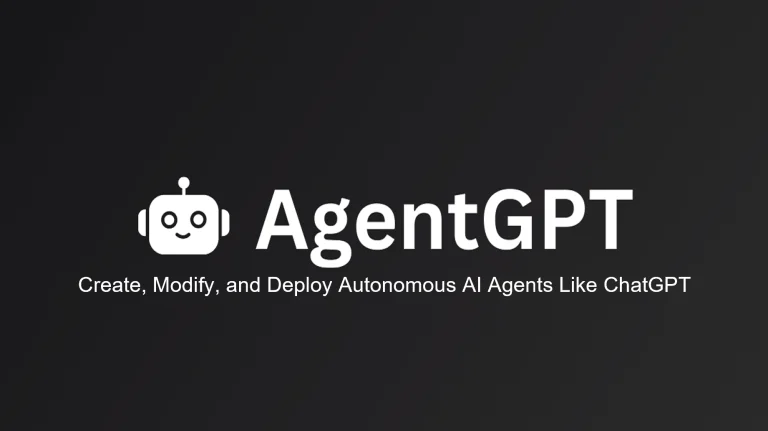Activeloop Key Features
- Data Streaming for ML Models: Activeloop allows researchers to stream large datasets directly to machine learning models, which reduces training times and optimizes memory usage, especially for models handling image or video data.
- Dataset Versioning: The platform supports dataset versioning, enabling researchers to keep track of dataset changes over time and ensure consistency across experiments.
- Seamless Integration with ML Frameworks: Activeloop integrates with popular machine learning frameworks like TensorFlow and PyTorch, making it easy to incorporate into existing workflows.
- Data Lakes for Deep Learning: Activeloop provides cloud-based data lakes, where large datasets are stored and managed in a format optimized for deep learning applications, removing the need for constant data wrangling.
- Efficient Data Pipelines: By minimizing the need for repetitive data preprocessing, Activeloop enables researchers to focus on developing models rather than managing data, leading to faster experimentation cycles.
Our Opinion On Activeloop
Activeloop is an invaluable tool for research teams dealing with large-scale datasets, particularly in fields like computer vision and NLP, where efficient data handling can significantly speed up experimentation cycles. Its ability to stream data directly to machine learning models, combined with dataset versioning, makes it an excellent choice for teams needing to manage vast amounts of data across multiple experiments. However, it’s primarily focused on data management, so users will need other tools for model development and training. Overall, it’s an excellent platform for researchers working with large, complex datasets in deep learning research.














